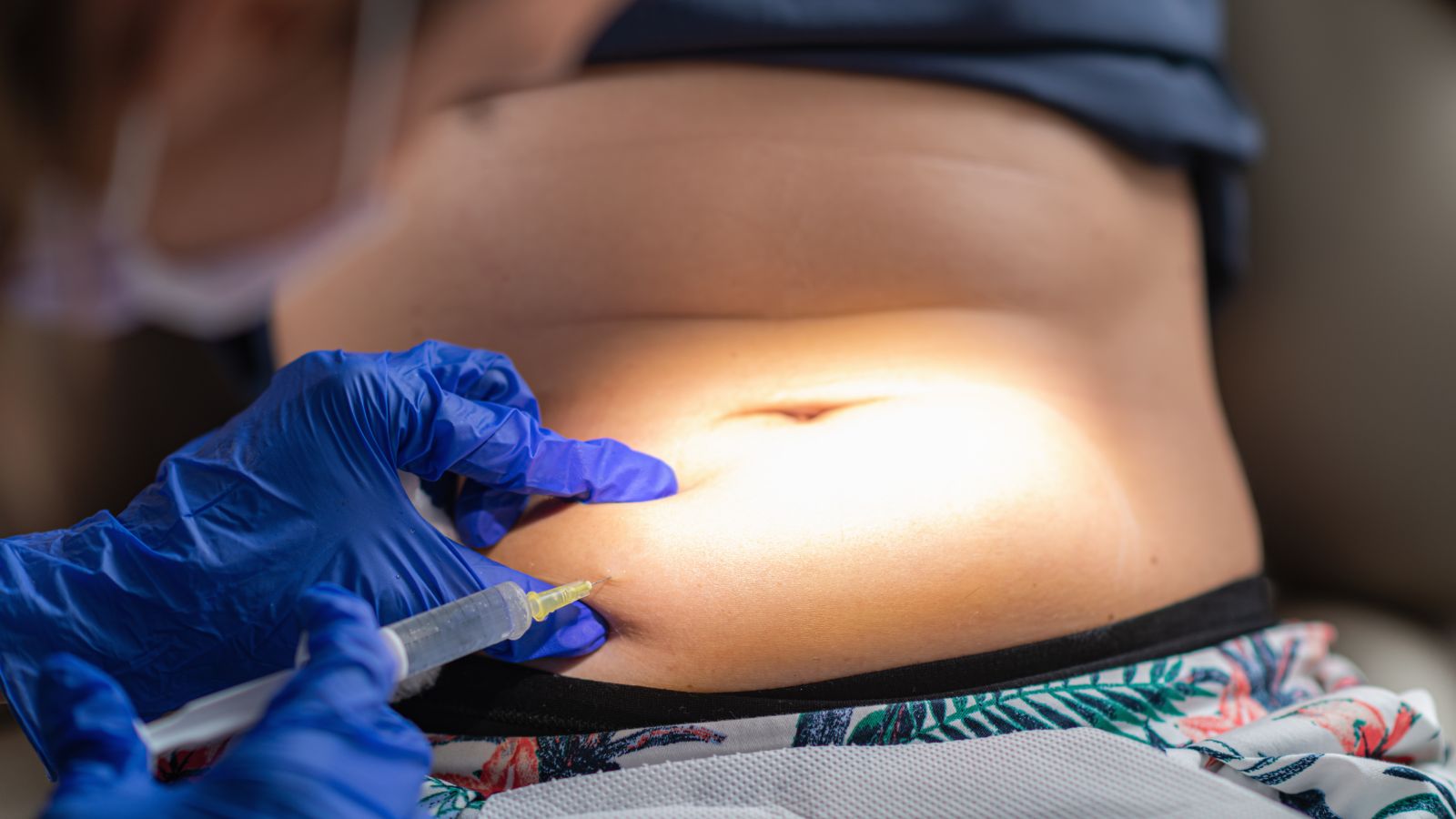
There are many different surgical procedures that can enhance your breasts. Each of these options can lead to different results. There is no one-size fits all solution. You should be armed with the right information to help you make informed decisions. By taking the time to read about breast enhancing surgery before you have it performed, you will be better able to ask the right questions and receive the results you want.
How to choose a plastic surgeon
The choice of a plastic surgeon to perform breast enlargement is an important one. There are a few factors to consider, including the surgeon's qualifications, experience, and bedside manner. Referring to patients who have already had surgery is a good way to determine if the surgeon is right for you.
Review sites and before and afterwards photos are good places to start. You should look for surgeons who have a history of providing high-quality results. Before and after photos of a surgery can give you a good idea about the surgeon's skills and experience. The photos can help you assess whether the surgeon is suitable for your requirements and expectations.

How to prepare for surgery
Keep your body healthy when preparing to have breast enlargements. Avoid being around people who are ill and take time off work to recover from the surgery. You should also make arrangements for someone to look after your children while you are gone if they have small children. For the next two weeks, avoid strenuous exercise. After surgery, your breasts may feel tender and excessive movement could cause pain.
It is a good practice to prepare a healthy breakfast before going under the needle. Buy foods that are easy to prepare. Foods that are durable and simple to prepare may be a better choice. Be sure to bring all medications. You should also arrive at the surgery facility at least two hours early to check in. Comfortable clothes should not restrict arm movement. A button-front shirt is also a good choice.
Problems
Only a small number of breast-enhancement patients experience postoperative infections. These symptoms can include swelling, pain, redness, swelling, high fever, and sometimes redness. Discuss your options with your surgeon. Although antibiotics may clear the infection, if it persists, the surgeon might perform a surgical procedure in order to remove the infected tissue. The surgeon may need to remove the implant and the tissue expander in severe cases.
Out of the 450 procedures that were performed following initial implant, 91 were staged and 164 were for clinical reasons. 321 women had reported at least one complication. From these 321 women, 178 had at minimum one complication. A total 274 breasts also had at the least one implant. The rate of complications was significantly lower for women who had surgery for prophylactic reasons, or after a mastectomy for breast cancer.

Recovery
The recovery from breast enhancing surgery is an important part of the procedure. Although it is not life-threatening the procedure can be quite uncomfortable. After surgery, you will notice a decrease in swelling, bruising, pain, and tenderness. To speed up healing, the body will release anti-inflammatory substances. Patients are advised to avoid strenuous activity during healing, such as lifting heavy objects. Most patients can return home within two weeks.
Pain medication will be prescribed to patients. You can also opt for over-the–counter pain medication to ease the discomfort. The patient should avoid high-impact activity for two to five weeks after the surgery.